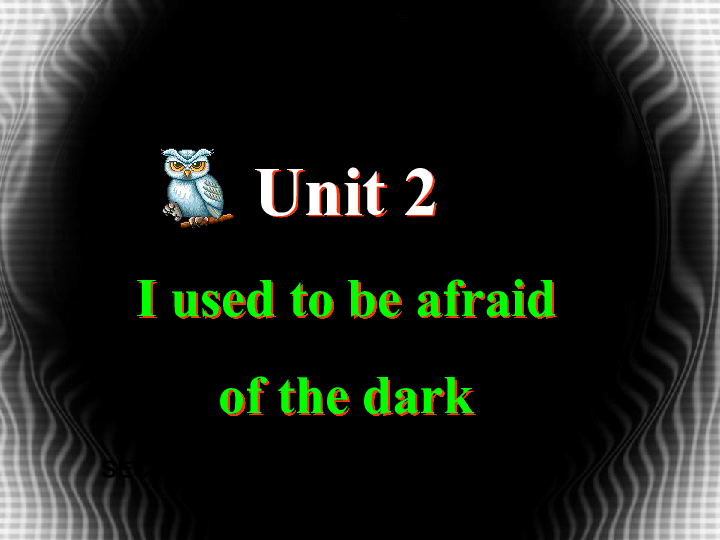Understanding the Upside Down in a Loan: What It Means and How to Avoid It
Guide or Summary:Introduction to Upside Down in a LoanWhy Being Upside Down in a Loan MattersCommon Causes of Being Upside Down in a LoanHow to Avoid Being……
Guide or Summary:
- Introduction to Upside Down in a Loan
- Why Being Upside Down in a Loan Matters
- Common Causes of Being Upside Down in a Loan
- How to Avoid Being Upside Down in a Loan
- What to Do if You Are Already Upside Down in a Loan
---
Introduction to Upside Down in a Loan
When it comes to financing, particularly in the world of auto loans and mortgages, the term "upside down in a loan" is often heard. But what does it really mean? Being upside down in a loan refers to a situation where the outstanding balance on your loan exceeds the current market value of the asset that secures it. This can happen for various reasons, such as depreciation of the asset or unfavorable market conditions. In this article, we will explore the concept of being upside down in a loan, its implications, and strategies to avoid or manage this financial predicament.
Why Being Upside Down in a Loan Matters
Understanding the implications of being upside down in a loan is crucial for any borrower. When you find yourself in this situation, selling the asset becomes problematic. For instance, if you owe $20,000 on your car loan but the car is only worth $15,000, you would need to pay the difference out of pocket to sell the car. This situation can lead to significant financial strain, especially if you need to sell the asset quickly.
Common Causes of Being Upside Down in a Loan
Several factors can contribute to being upside down in a loan:
1. **Depreciation**: Certain assets, like vehicles, depreciate quickly. New cars can lose a significant percentage of their value as soon as they are driven off the lot.
2. **Market Conditions**: Economic downturns can lead to a decrease in asset values, making it more likely for borrowers to find themselves upside down in their loans.
3. **High Loan-to-Value Ratios**: If a borrower finances a large percentage of the asset’s value, they may find themselves upside down if the asset's value drops.
4. **Long Loan Terms**: Longer loan terms can sometimes mean that borrowers are paying off interest rather than the principal in the early years of the loan, leading to a situation where they owe more than the asset is worth.
How to Avoid Being Upside Down in a Loan
While being upside down in a loan can be a challenging situation, there are several proactive steps you can take to avoid it:
1. **Make a Larger Down Payment**: By putting down a larger initial payment, you reduce the amount you need to finance and decrease the likelihood of owing more than the asset's value.
2. **Choose a Shorter Loan Term**: Shorter loan terms typically result in lower interest payments and quicker equity buildup in the asset, reducing the risk of being upside down.

3. **Monitor Asset Values**: Stay informed about market trends and the expected depreciation of your asset. This knowledge can help you make better financing decisions.
4. **Consider Gap Insurance**: For vehicles, gap insurance can cover the difference between what you owe on your loan and the car's actual cash value in case of a total loss.
What to Do if You Are Already Upside Down in a Loan
If you find yourself already upside down in a loan, there are steps you can take to mitigate the situation:
1. **Refinance the Loan**: If possible, consider refinancing to a lower interest rate or more favorable terms to reduce your monthly payments.
2. **Make Extra Payments**: If your financial situation allows, making extra payments towards the principal can help you pay down the loan faster.

3. **Hold onto the Asset**: If the asset is still usable and necessary, consider holding onto it until its value increases or until you pay down the loan sufficiently.
4. **Consult a Financial Advisor**: If you are unsure of how to proceed, seeking advice from a financial professional can provide you with tailored strategies to manage your situation.
Being upside down in a loan can be a daunting experience, but understanding what it means and how to navigate it can alleviate some of the stress. By being proactive and informed, you can take steps to avoid this situation and protect your financial well-being. Whether you are considering a new loan or currently managing an existing one, knowledge is your best tool in the world of personal finance.